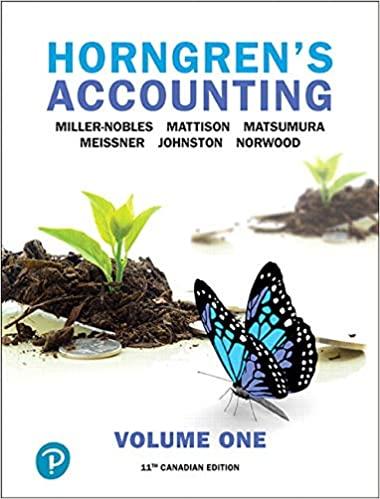



Hyrkas Corporation's most recent balance sheet and income statement appear below: Balance Sheet December 31, Year 2 and Year 1 (in thousands of dollars) Year 2 Year 1 Assets Current assets: Cash Accounts receivable, net Inventory Prepaid expenses Total current assets Plant and equipment, net Total assets $ 175 270 240 20 705 910 $ 240 290 210 20 760 940 $1,615 $1,700 $ Liabilities and Stockholders' Equity Current liabilities: Accounts payable Accrued liabilities Notes payable, short term Total current liabilities Bonds payable Total liabilities Stockholders' equity: 210 50 40 300 200 500 $ 240 50 40 330 270 600 Stockholders' equity: Common stock, $2 par value Additional paid-in capital Retained earnings Total stockholders' equity Total liabilities & stockholdersequity 200 330 585 1,115 $1,615 200 330 570 1,100 $1,700 Income Statement For the Year Ended December 31, Year 2 (in thousands of dollars) Sales (all on account) Cost of goods sold Gross margin Selling and administrative expense Net operating income Interest expense Net income before taxes Income taxes (30%) Net income $1,250 780 470 385 85 20 65 20 $ 45 Dividends on common stock during Year 2 totaled $30 thousand. The market price of common stock at the end of Year 2 was $15.30 per share. Required: Compute the following for Year 2: a. Gross margin percentage. (Round your answer to 1 decimal place.) b. Earnings per share. (Round your answer to 2 decimal places.) c. Price-earnings ratio. (Do not round intermediate calculations. Round your answer to 1 decimal place.) d. Dividend payout ratio. (Do not round intermediate calculations. Round your "Percentage" answer to 1 decimal place.) e. Dividend yield ratio. (Round your "Percentage" answer to 2 decimal places.) f. Return on total assets. (Do not round intermediate calculations. Round your "Percentage" answer to 2 decimal places.) g. Return on equity. (Round your "Percentage" answer to 2 decimal places.) h. Book value per share. (Round your answer to 2 decimal places.) i. Working capital. (Input your answer in thousands of dollars.) j. Current ratio. (Round your answer to 2 decimal places.) k. Acid-test (quick) ratio. (Round your answer to 2 decimal places.) 1. Accounts receivable turnover. (Round your answer to 2 decimal places.) m. Average collection period. (Use 365 days in a year. Do not round intermediate calculations. Round your answer to 1 decimal place.) n. Inventory turnover. (Round your answer to 2 decimal places.) o. Average sale period. (Use 365 days in a year. Do not round intermediate calculations. Round your answer to 1 decimal place.) p. Times interest earned ratio. (Round your answer to 2 decimal places.) q. Debt-to-equity ratio. (Round your answer to 2 decimal places.) 37.6% 0.45 34.0 4.01% % % % a. Gross margin percentage b. Earnings per share c. Price-earnings ratio d. Dividend payout ratio e. Dividend yield ratio f. Return on total assets g. Return on equity h. Book value per share i. Working capital j. Current ratio k. Acid-test ratio I. Accounts receivable turnover m. Average collection period n. Inventory turnover o. Average sale period p. Times interest earned ratio 9. Debt-to-equity ratio days days










